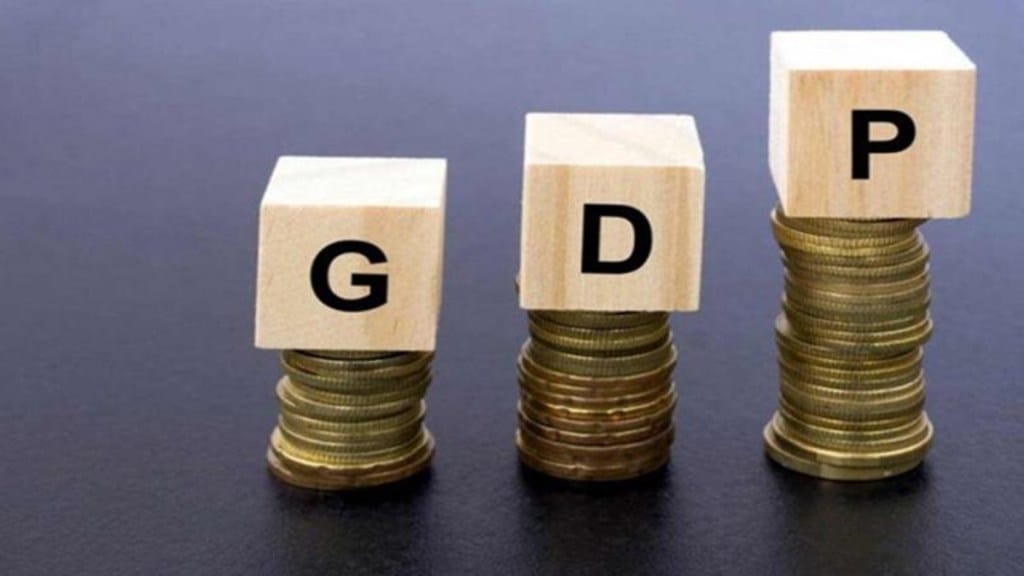India’s economic growth is likely to be steady at 6.5% in FY26, with expectations of a normal monsoon, softer commodity prices, and recovery in private consumption, Crisil said in a report on Monday.
“Private consumption is expected to recover further, while investment growth hinges on private capex,” the report said, adding: “The pick-up in growth will be mild because of the overall lower fiscal impulse.” Emerging global risks from potential US tariff hikes are a downside risk for domestic growth, the report said.
In FY25, India’s economy is seen growing at 6.5%, according to the National Statistical Office’s second advance estimates. The private final consumption expenditure (PFCE) is expected to grow at 7.6% this year, driving the overall growth.
The government’s final consumption expenditure (GFCE) and gross fixed capital formation (GFCF) are seen growing at 3.8% and 6.1%, respectively, in FY25.
“Private consumption is expected to improve further on expectations of healthy agricultural production and cooling food inflation,” Crisil said.
“Secondly, the tax benefits announced in the Union Budget 2025-2026 and increased allocations towards key asset- and employment-generating schemes are expected to support consumption,” it added.
Additionally, easing monetary policy by the Reserve Bank of India (RBI) is expected to support discretionary consumption.
Crisil expects the RBI monetary policy committee (MPC) to cut the repo rate by 50-75 bps in FY26.
“The central bank’s recent liquidity-easing measures and easier regulations for non-banking financial companies are expected to transmit the benefits from an easier monetary policy to the broader economy,” the rating agency said.
“That said, investment growth hinges on a sustained pick-up in private corporate investment, as the government normalises capex to meet its fiscal deficit target for the next year,” Crisil noted.
Moreover, risks to the growth outlook are tilted to the downside, given the elevated uncertainty because of the US-led tariff war, it added.
“The escalating global trade uncertainty could also lead to increased imports from China as a result of trade redirection. Net exports are likely to be a drag for growth in fiscal 2026,” the report said.

